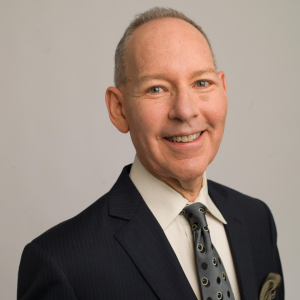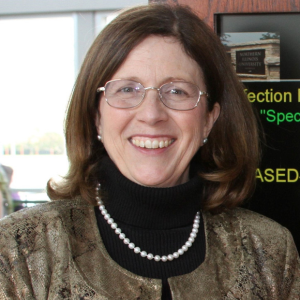Substance abuse among older adults
Baby boomers are more likely to use psychoactive drugs than earlier generations, meaning the next perfect storm in substance abuse could be the nation’s seniors, according to a recent webinar hosted by the National Council on Aging.
About one in four older adults has a behavioral health issue that isn’t considered a normal part of aging, yet older adults are far less likely to seek and receive treatment than younger people. Compounding social factors—including isolation, loneliness or the lack of mobility—often lead to self-medication and misuse of alcohol and drugs.
| Opioid misuse in past year among adults age 50+, by age group: Percentages, 2002-2014 Source: SAMHSA |
The #1 source of substance abuse in adults age 65 and older: Alcohol. Raising the glass too many times can be a double-whammy, since older bodies are much more sensitive to the effects of alcohol than younger ones, and alcohol can interfere with medications or exacerbate chronic conditions, said Brian Altman, Director, Division of Policy Innovation, Substance Abuse and Mental Health Services Administration (SAMHSA).
But opioid misuse is also on the rise in older adults, driven primarily by the age 50-64 group. While opioid misuse in the 65+ age group was 0.8 percent, the stats soared to 2.5 percent among the baby boomer age group, Altman said—nearly an all-time high for this age group during the 2002-2014 data period.
Seniors and opioid misuse:
- Those in the 50-64 age bracket are significantly more likely to misuse opioids than those age 65+ (2.5 percent and 0.8 percent, respectively)
- Hispanic and Non-Hispanic Black seniors are more likely to abuse opioids than seniors of other races.
- Men are slightly more likely to misuse opioids than women (2 percent and 1.6 percent, respectively)
- Opiod misuse is more frequent among lower income and less healthy populations.

Pamela Tabar was editor-in-chief of I Advance Senior Care from 2013-2018. She has worked as a writer and editor for healthcare business media since 1998, including as News Editor of Healthcare Informatics. She has a master’s degree in journalism from Kent State University and a master’s degree in English from the University of York, England.
Related Articles
Topics: Clinical











